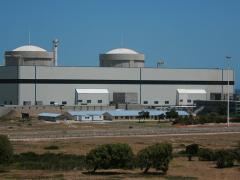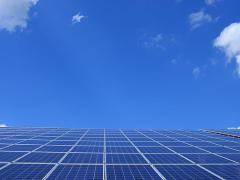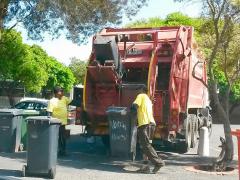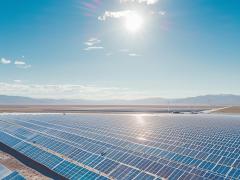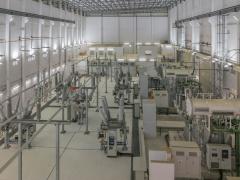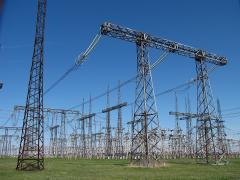The maritime sector’s transition to scalable zero-emission marine fuels has the potential to create up to four million jobs across the energy supply chain by 2050.
This is according to a new report on green jobs and maritime decarbonisation released by the Global Maritime Forum, which forecasts that most of these jobs will come from investments in building renewable energy generation capacity.
The forum's report noted a strong connection between maritime decarbonisation and a just transition through the stimulation of green job creation.
“The order of magnitude of up to four million jobs by 2050 is hugely significant, considering that only two million seafarers currently work within the maritime sector. The majority of these jobs are likely to be tied to the expansion of renewable energy generation capacity,” according to the report.
“We can also see that much of this job creation will most likely happen in the 2030s due to the enormous capital investments into infrastructure expected that decade. Stimulating the creation of these jobs will help many countries transition away from fossil fuels in a way that provides opportunities to those workers negatively affected by the phasing out of carbon-intensive industries.”
This study considered an illustrative scenario in which e-fuels become the future energy source for international shipping based on energy demand projections conducted by the Rocky Mountain Institute (RMI).
“The upper estimate for the total scale of jobs that e-fuels could supply assumes an almost universal uptake of e-ammonia across tankers, bulkers and liners. However, a mixed-fuel picture is likely so these figures should be seen in the context of framing the opportunity,” the report noted.
According to the study, RMI’s projections show that shipping’s demand for e-fuels could rapidly scale to over 500 million tonnes by 2040 if e-fuels dominate the fuel mix and decarbonisation aligns with the International Maritime Organization’s striving indicative checkpoints.
“In this scenario, demand growth beyond 2040 would be more modest, rising to around 600 million tonnes by 2050. This brief’s findings are based on this assumed demand profile and an e-ammonia supply chain,” the report noted.
It added that supporting the development of new skills may also help countries build up capacity to stimulate renewables and hydrogen production nationally.
“This could support wider decarbonisation across other sectors and help countries develop national hydrogen economies and ultimately contribute towards the increased localisation of specific supply chains (for example steel, cement and/or energy).”



